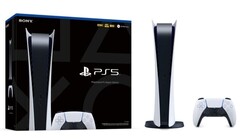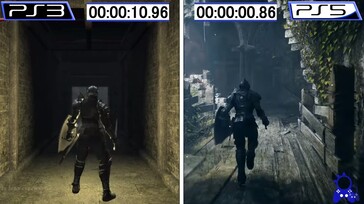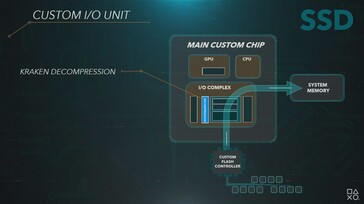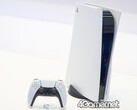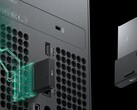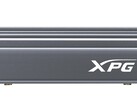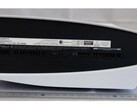An interesting run-through of the upcoming PlayStation 5’s tech has been posted by PlayStation Access and while there is some time spent on the console’s SSD and I/O system, it is seemingly undersold when placed into context next to a recent Wccftech report (via Cbloom Rants). While much focus has settled on the PS5’s SSD and its well-known read speeds (5.5 GB/s raw, 8-9 GB/s after decompression), it pays to take a larger look at the custom I/O unit that plays such a vital role in this particular process.
One thing that has been strangely overlooked was the PS5’s architect Mark Cerny’s claim that if the “data happened to compress particularly well” then the console’s I/O system could actually output data at an incredible 22 GB/s. This relates well with a "rant" from the above-mentioned source that states Oodle Kraken and Oodle Texture (both from RAD Game Tools) can assist with that process to such a point that 17.38 GB/s is achievable. While the Kraken tool deals with decompressing data, Texture facilitates the compression of game textures.
According to the Cbloom Rant post, Sony expects Kraken to offer up to 1.64 to 1 average compression ratio for games (hence the potential 8-9 GB/s rate). However, with Texture also onboard, that ratio goes up to 3.16 to 1, leaving an I/O unit bandwidth of 17.38 GB/s, which is much closer to Cerny’s theoretical performance of 22 GB/s. The PS5’s custom decompressor can offer equivalent performance of up to an unbelievable nine Zen 2 cores in a regular CPU according to the console’s chief architect in his deep dive of the PS5’s tech. Of course, the potential performance also relies on how optimized a particular game is in regard to utilizing the available bandwidth.
Fortunately, all this talk of bandwidth and data decompressing has been put into a straightforward and handy visual comparison thanks to the reveal of Demon’s Souls. The PS5 gameplay for the title has been compared to that of the PS3’s version, and it can be seen clearly how players would have to wait 10-15 seconds while the original game loaded into a new area, whereas the next-gen console can manage this process in under a second with the remake. The PS5’s I/O system might not be flashiest component of Sony’s vaunted device, but it is surely one of the most impressive.
Source(s)
Cbloom Rants via Wccftech
PlayStation Access (YouTube) & PlayStation blog & RAD Game Tools & ElAnalistaDeBits (YouTube)




